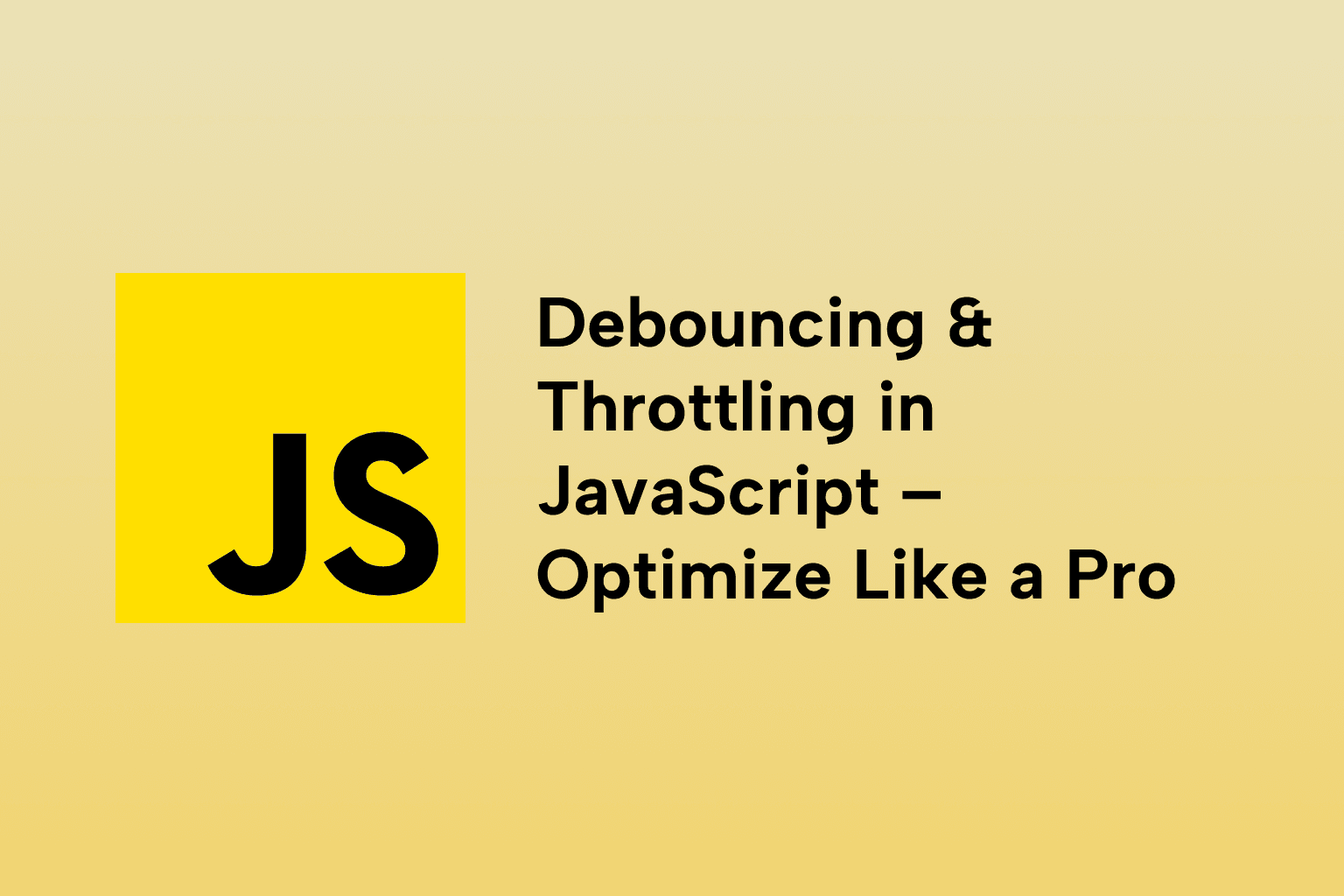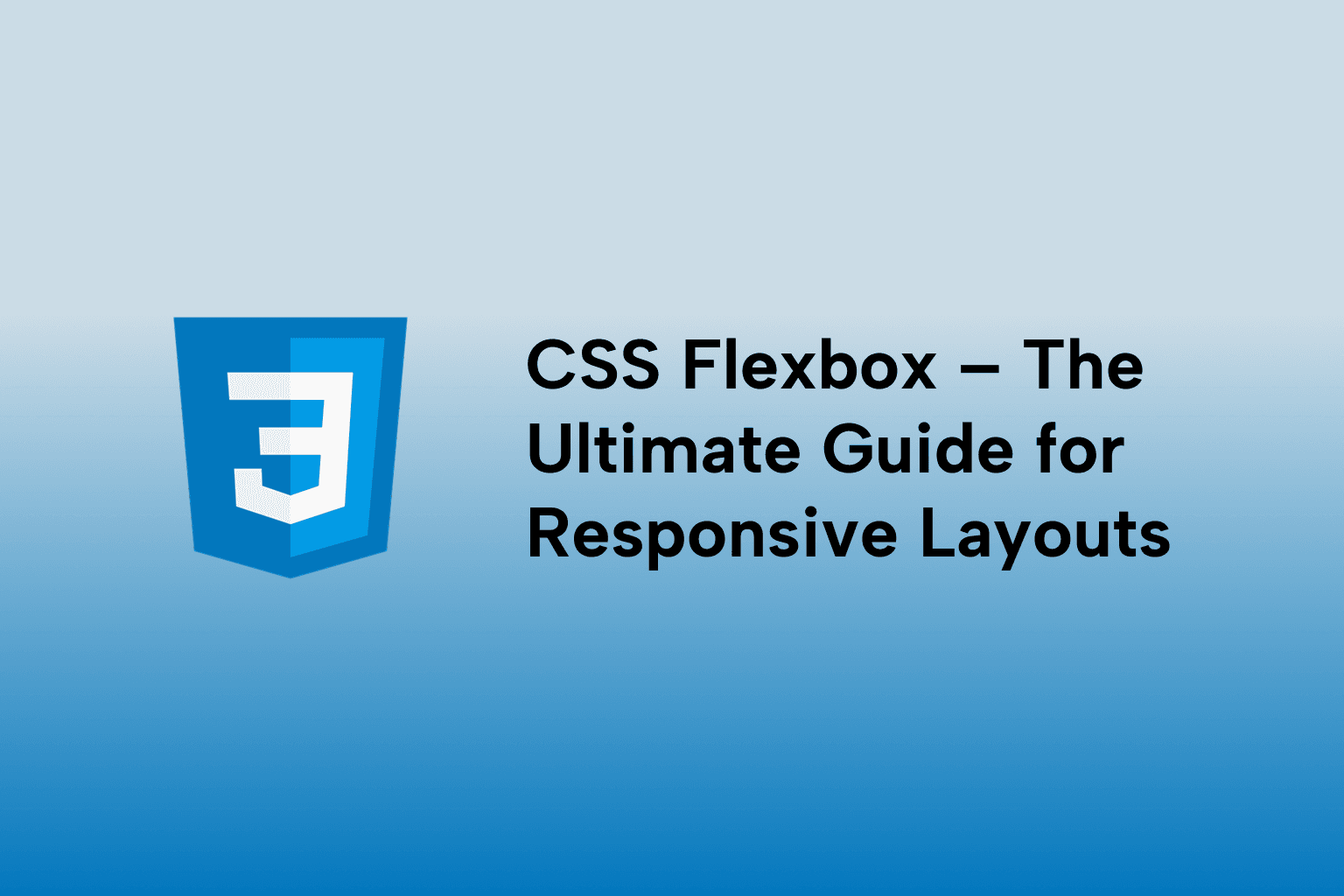Top 20 React.js Interview Questions and Answers (2025 Edition)
 Emma George
Emma George
TABLE OF CONTENTS
Why Prepare for React.js Interviews?
1 . What is React.js?
2 . What are components in React?
3 . What is JSX?
4 . Difference between Props and State?
5 . What are React Hooks?
6 . What is the Virtual DOM?
7 . What is useEffect used for?
8 . What is the useCallback Hook?
9 . Explain conditional rendering in React.
10 . What is prop drilling and how can you avoid it?
11 . What is Context API?
12 . What are keys in React?
13 . How does React handle forms?
14 . What are error boundaries?
15 . What are Higher-Order Components (HOCs)?
16 . What are React Fragments?
17 . What is reconciliation?
18 . What are synthetic events in React?
19 . How can you optimize performance in React apps?
20 . What’s new in the latest React 18+ version?
Why Prepare for React.js Interviews?
React.js continues to be one of the most in-demand libraries in modern front-end development. Whether you're preparing for your first interview or brushing up your knowledge, understanding the commonly asked React.js questions can give you a clear edge.
Here are 20 React.js interview questions and their answers to help you succeed:
1 . What is React.js?
React.js is a JavaScript library developed by Meta (formerly Facebook) for building fast and interactive user interfaces using a component-based architecture.
2 . What are components in React?
Components are the building blocks of a React application. They can be functional or class-based and return JSX to define UI.
function Hello() {
return <h1>Hello World</h1>;
}
3 . What is JSX?
JSX (JavaScript XML) is a syntax extension that lets you write HTML elements inside JavaScript code.
4 . Difference between Props and State?
Props: Passed from parent to child (read-only). State: Local and mutable data managed within the component.
5 . What are React Hooks?
Hooks allow functional components to manage state and side effects. Example: useState, useEffect.
const [count, setCount] = useState(0);
6 . What is the Virtual DOM?
It’s a lightweight representation of the actual DOM. React uses it to detect changes and update the real DOM efficiently.
7 . What is useEffect used for?
useEffect lets you perform side effects like API calls, DOM updates, etc., in function components.
8 . What is the useCallback Hook?
It memoizes a function so it doesn't get recreated on every render unless its dependencies change.
9 . Explain conditional rendering in React.
You can use JavaScript conditions to render different UI elements.
{isLoggedIn ? <Logout /> : <Login />}
10 . What is prop drilling and how can you avoid it?
Prop drilling is the process of passing data through multiple levels of components. You can avoid it using Context API or state management libraries like Redux.
11 . What is Context API?
A React structure that allows you to share state globally without prop drilling.
12 . What are keys in React?
Keys help React identify which items have changed, are added, or are removed.
13 . How does React handle forms?
Forms in React are handled using controlled components where input values are stored in the state.
14 . What are error boundaries?
Special components that catch JavaScript errors in child components during rendering.
15 . What are Higher-Order Components (HOCs)?
Functions that take a component and return a new component with additional functionality.
16 . What are React Fragments?
Fragments let you group multiple elements without adding extra DOM nodes.
17 . What is reconciliation?
It’s the process by which React updates the DOM by comparing the new virtual DOM with the old one.
18 . What are synthetic events in React?
They are wrappers around the browser’s native events to ensure cross-browser compatibility.
19 . How can you optimize performance in React apps?
Use:
- Memoization (React.memo, useMemo, useCallback)
- Lazy loading
- Code splitting
Proper key usage in lists
20 . What’s new in the latest React 18+ version?
- Automatic batching
- Concurrent rendering
- useTransition, useDeferredValue
- Server components (experimental)

Emma George
Software Engineer
Senior Software Engineer



